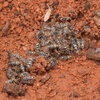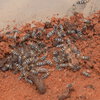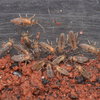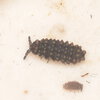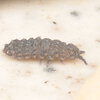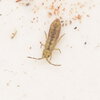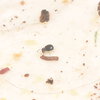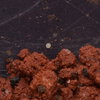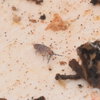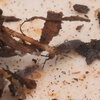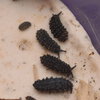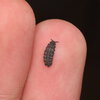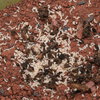- Joined
- Dec 11, 2005
- Messages
- 214
Excellent showcase. The diversity and variety of springtails from just one area surprises me. I really like those watermelon globs!

 www.karltayloreducation.com
www.karltayloreducation.com
I have a set of Nanoha tubes for my Lumix GX80. Like the article says, they don't match up to a dedicated macro lens, but you can get some decent results, futzing about on a budget.
I can't believe my first two posts after three years are about these things, but...I use a nikkon d3300 with a nikkor af 18-55mm kit lens. Far from ideal and I have to crop the actual photos a ton(which is why they're so grainy) but an actual macro lens is out of my budget range.

Photography Hack: Macro Photography With Extension Tubes | Visual Education
Extension tubes can be a great alternative to macro lenses if you enjoy macro photography. But how does the quality compare when shooting these close up images?
 www.karltayloreducation.com
www.karltayloreducation.com
I have a set of Nanoha tubes for my Lumix GX80. Like the article says, they don't match up to a dedicated macro lens, but you can get some decent results, futzing about on a budget.

